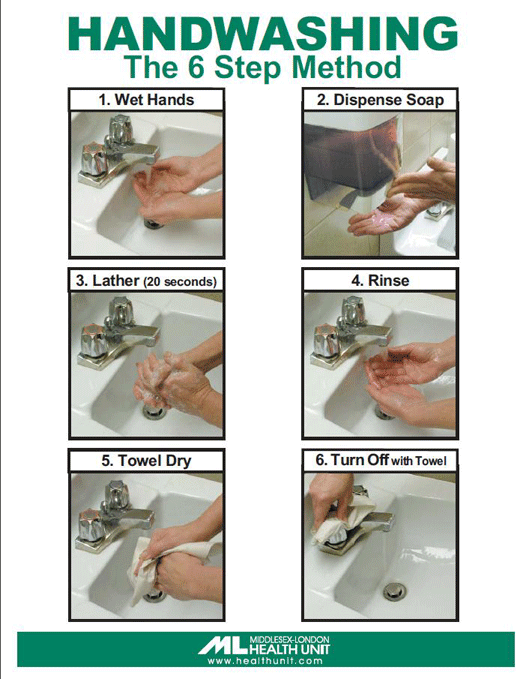Molluscum Contagiosum
What is Molluscum Contagiosum? Molluscum Contagiosum is an infection of the skin caused by a poxvirus. Infections are most common in children under ten years of age, though anyone can be infected.
 Molluscum Contagiosum (PDF 80KB)
Molluscum Contagiosum (PDF 80KB)
View, download and print the Molluscum Contagiosum Fact Sheet. Molluscum Contagiosum is an infection of the skin caused by a poxvirus. Infections are most common in children under ten years of age, though anyone can be infected.
Contact Us
For more information, please contact the Infectious Disease Control Team:
What are the symptoms?
- Molluscum infection causes flesh coloured, donut-shaped bumps which can vary in size from tiny to quite large and can appear anywhere on the body In children, the bumps usually appear on the face, upper body and arms. In adults, bumps may appear on the lower abdomen, thighs, legs, genitals or buttocks.
- The bumps can sometimes appear as early as seven days or as late as six months after contact.
There are many causes of growths on the skin, and only a healthcare professional can diagnose Molluscum Contagiosum.
Back to top
How is it spread?
- People with Molluscum infection can spread the disease to other areas of their own body by touching or scratching the bumps and then touching another part of the body.
- The virus that causes Molluscum can also be spread to others if someone touches the infected bumps or objects that have the virus on them, like towels, clothing or toys.
Back to top
When can a child with Molluscum Contagiosum go back to child care or school?
Children with Molluscum do not need to be excluded from child care or school. Bumps not covered by clothing should be covered with a bandage. Children with Molluscum should be excluded from participating in close contact sports if the bumps cannot be covered with a bandage. Children with bumps in the underwear/diaper area who need help when toileting should cover the bumps in this area if possible.
Back to top
Is there Treatment?
- For most children with a single bump or widely scattered bumps, treatment is not necessary. Most people with Molluscum infection get better in 6 to 12 months without any treatment.
- If the symptoms are causing concerns, the doctor may remove the bumps through freezing with liquid nitrogen, remove the fluid within the bump or use laser treatments. Sometimes, creams and/or medications are prescribed.
Back to top
How do I prevent Molluscum infection?
Wash your hands
- Good handwashing is the best way to prevent the spread of Molluscum Contagiosum.
- Wet hands with warm running water
- Put liquid soap on hands
- Lather hands and scrub for 20 seconds
- Rinse under running water
- Dry your hands with paper towels
- Use the towel to turn off the taps
- Apply the hand rub to your hands. Use an amount about the size of a dime.
- Rub your hands together until the hand rub is gone. Hands will feel dry in about 15 seconds.
Do not touch, pick, or scratch Molluscum bumps
A person with Molluscum should avoid scratching bumps or blisters on their own skin or anyone else’s.
Keep Molluscum bumps covered
It is important to keep the areas with bumps covered with clothing or a bandage to prevent contact with the bumps.
Avoid or be careful with contact sports, activities that share equipment, and swimming.
To prevent spread of the infection to other people:
- A person with Molluscum should not take part in contact sports unless clothing or bandages can cover all bumps. Wrestling, basketball and football are examples of contact sports.
- Activities that use shared equipment should also be avoided unless all bumps can be covered. Helmets, baseball gloves, and balls are examples of shared equipment.
- Swimming should be avoided unless watertight bandages can cover all bumps. Personal items (like towels, goggles and swimsuits) should not be shared. Other items and equipment (like kick boards and water toys) should be used only when clothing or watertight bandages cover all bumps.
Back to top
Date of creation: December 30, 2012
Last modified on: November 26, 2024
References
2Heymann, D. L. (2015). Control of communicable diseases manual (20th ed,). Washington, DC: American Public Health Association.
 Molluscum Contagiosum (PDF 80KB)
Molluscum Contagiosum (PDF 80KB) The 6 Step Method of Handwashing (PDF 96KB)
The 6 Step Method of Handwashing (PDF 96KB)